Maximize Efficiency: The Essential Guide to Choosing the Perfect Industrial Work Bench
In today's fast-paced manufacturing environment, the choice of an appropriate industrial work bench can significantly impact operational efficiency and productivity. According to a report by Smithers Pira, the global market for industrial furniture is projected to reach $10 billion by 2025, driven by the increasing demand for customizable and ergonomic workplace solutions. An optimal work bench not only enhances workflow but also reduces workplace injuries, as highlighted by the Occupational Safety and Health Administration (OSHA), which states that ergonomic improvements can lead to a 30% reduction in musculoskeletal disorders. By understanding the key factors in selecting the perfect industrial work bench, organizations can optimize their workspace, foster employee well-being, and ultimately drive better business outcomes.
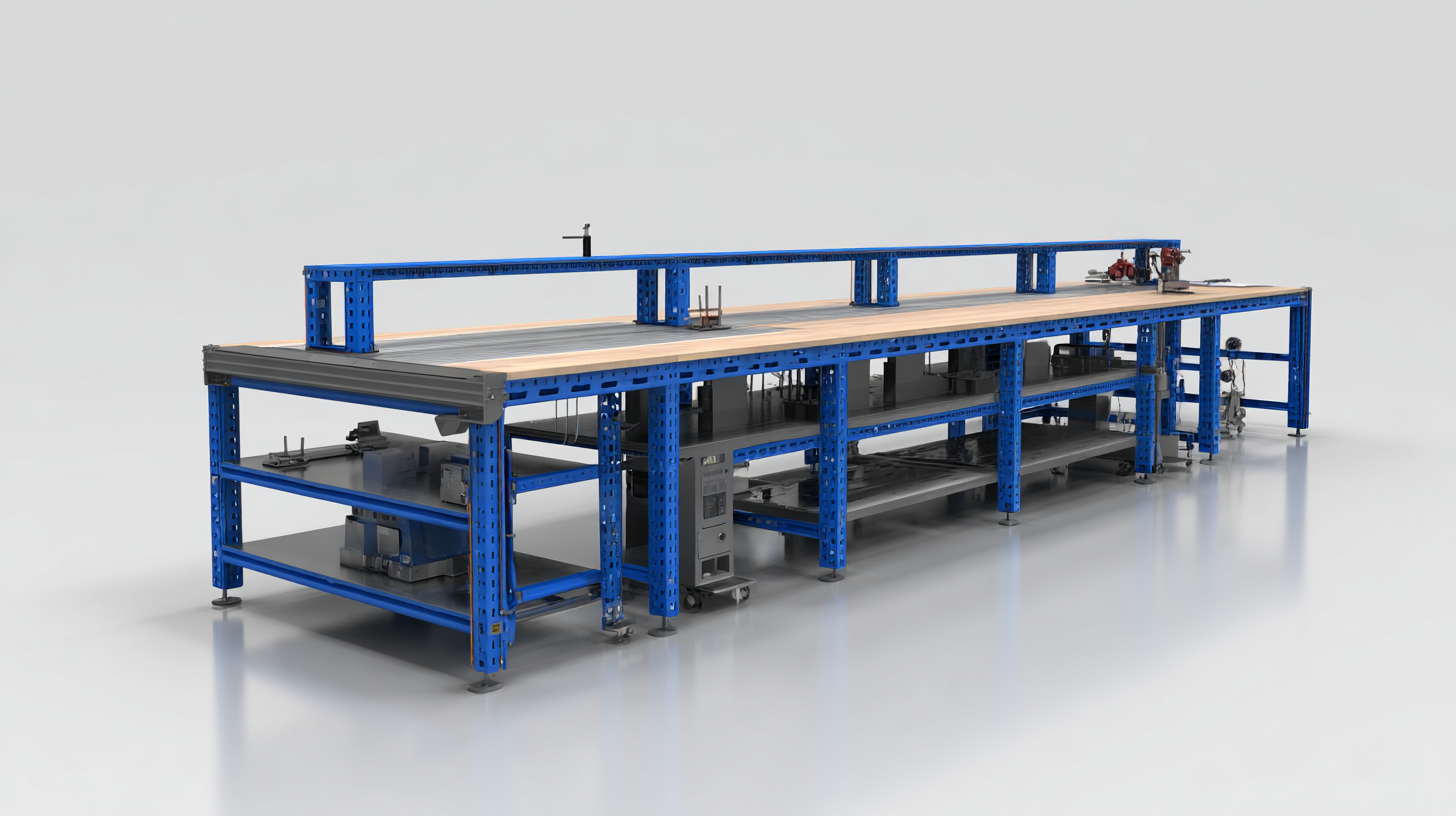
Understanding Your Workspace Needs for Optimal Bench Selection
When selecting the perfect industrial workbench, understanding your workspace needs is paramount. Each industrial environment has its own unique requirements based on the nature of the tasks performed, the tools used, and the spatial constraints. For instance, a workshop focusing on heavy machinery might require a sturdy, durable bench with ample storage for tools, whereas a tech-oriented workspace may benefit from modular designs that allow for flexibility and easy access to equipment. Evaluating your specific needs will guide you in choosing a bench that enhances productivity.
Moreover, consider the ergonomics and the layout of your workspace. A well-designed workbench should not only fit seamlessly into your environment but also promote an efficient workflow. This involves assessing the height of the bench, the material used for the surface, and the overall design to ensure that it supports your activities without causing strain. Incorporating feedback from the team that will use the bench can also provide insights into the ideal features, making the selection process a collaborative effort that ultimately leads to enhanced efficiency in daily operations.
Key Features to Look for in an Industrial Work Bench
When choosing the perfect industrial workbench, it is essential to focus on key features that enhance efficiency and productivity in the workspace. A recent report from the Industrial Workbench Manufacturers Association (IWMA) indicates that organizations investing in high-quality workbenches experience a 20% increase in operational efficiency. This leap can often be attributed to several critical factors such as durability, weight capacity, and adjustability.
Durability is paramount; an industrial workbench should withstand heavy use and resist wear over time. Materials like steel and high-density polyethylene are recommended for longevity. Moreover, weight capacity plays a vital role. According to a study by Modern Machine Shop, selecting a workbench capable of supporting at least 1,500 lbs allows for versatility, whether for heavy machinery or intricate assembly tasks. Finally, adjustability caters to ergonomic needs, allowing workers of varying heights to maintain comfort and efficiency. Workbenches with adjustable heights can streamline productivity and minimize strain, a fact supported by ergonomic studies indicating that properly designed workspaces lead to a 15% decrease in worker fatigue.
Maximize Efficiency: Performance Comparison of Different Industrial Work Benches
Material Matters: Choosing the Right Surface for Durability
When selecting the ideal surface material for industrial work benches, durability is a paramount consideration. Research by the International Safety Equipment Association (ISEA) indicates that workbench surfaces must withstand not only the rigors of daily use but also exposure to chemicals, heavy weights, and various tools. For instance, a recent industry study highlighted that steel surfaces are preferred in manufacturing settings due to their high tensile strength and resistance to impact, offering a lifespan that can exceed 20 years with proper maintenance.
Additionally, the nature of the workplace should inform material choices; for example, in environments subject to moisture or spills, materials like high-density polyethylene (HDPE) or stainless steel emerge as top contenders. According to a report by the American Society of Mechanical Engineers (ASME), stainless steel surfaces are not only corrosion-resistant but also hygienic, making them ideal for food processing and medical applications. Ultimately, the right surface material can significantly enhance a workbench's performance and longevity, ensuring it meets the functional demands of various industrial environments.
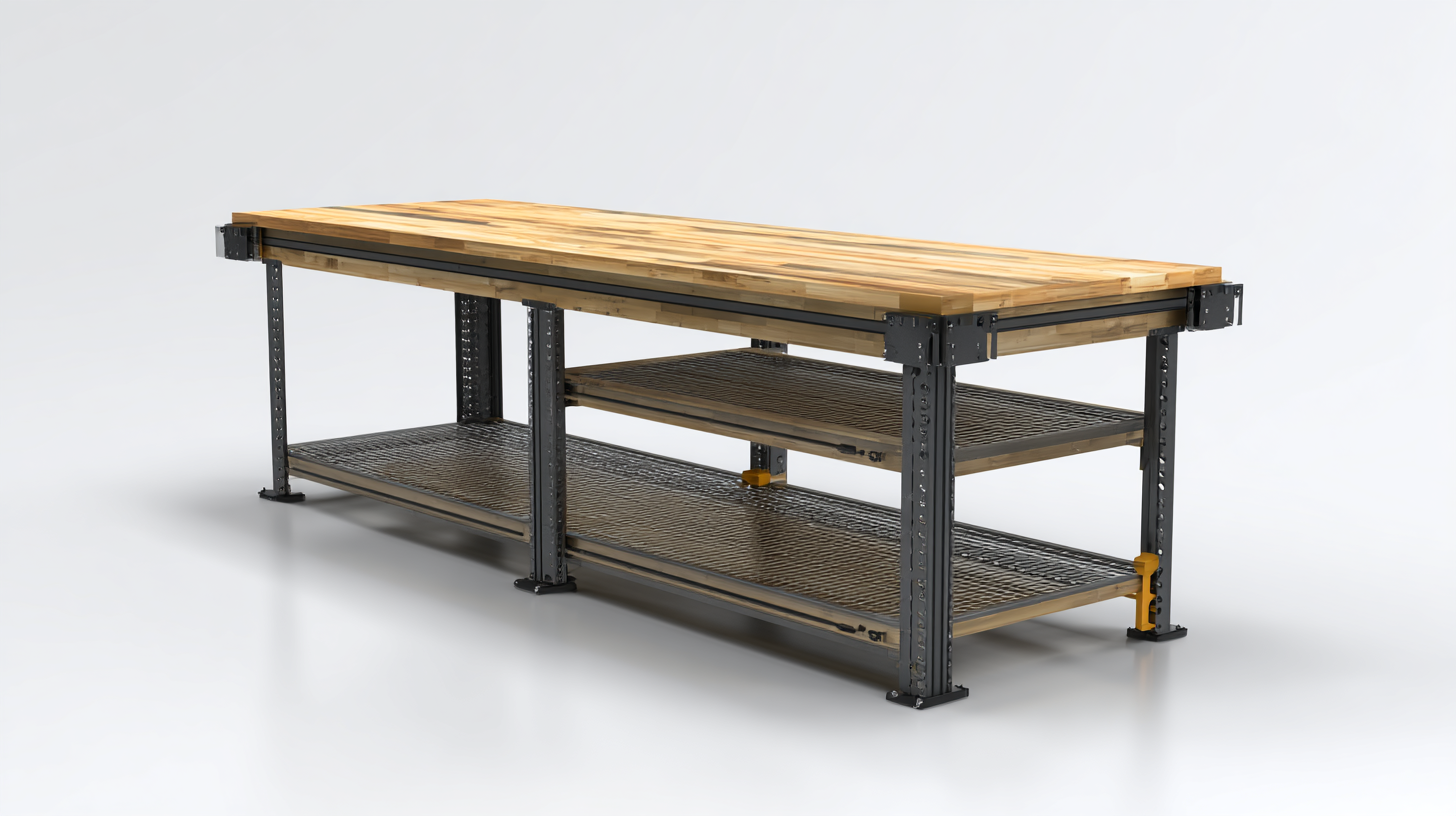
Tips for Customizing Your Work Bench for Specific Tasks
When it comes to maximizing efficiency in an industrial setting, customizing your workbench for specific tasks is essential. A tailored workbench can enhance productivity by ensuring that tools and materials are organized and easily accessible. Consider the nature of your work and the types of projects you'll be handling to determine the best modifications for your space.
Tips for customizing your workbench include incorporating modular storage solutions that allow you to adapt to various tasks quickly. For instance, if your projects require frequent changes in toolset, investing in adjustable shelving or drawer systems can streamline your workflow. Additionally, integrating technology, such as charging stations or built-in lighting, can further optimize your workspace, making it a hub of efficiency tailored to your specific needs.
Another useful tip is to ensure proper ergonomics in your design. Elevating your work surface to a comfortable height can reduce strain during long hours of use, while strategically placing frequently used tools within arm's reach can minimize unnecessary movements. By focusing on these aspects, you can create a personalized workspace that maximizes both comfort and productivity, leading to better outcomes in your industrial projects.
Budgeting Smartly: Balancing Quality and Cost in Work Benches
When selecting an industrial workbench, budgeting smartly is crucial to balancing quality and cost. According to a report by Grand View Research, the global workbench market is projected to reach USD 2.7 billion by 2025, driven by the increasing adoption of workbenches in various industries. This emphasizes the importance of investing wisely in a quality workbench that meets operational needs while remaining cost-effective.

In a survey conducted by IndustryWeek, 64% of manufacturers indicated that investing in reliable equipment, including workbenches, improved their overall productivity. It’s essential to consider factors such as material strength, load capacity, and adjustable features while shopping. While a budget-friendly option may initially seem attractive, investing in a durable and high-quality workbench can yield long-term savings by reducing maintenance costs and enhancing worker efficiency. Therefore, it’s vital to conduct thorough research and evaluate various options that align both with budget constraints and the requirements for durability and functionality.
Related Posts
-
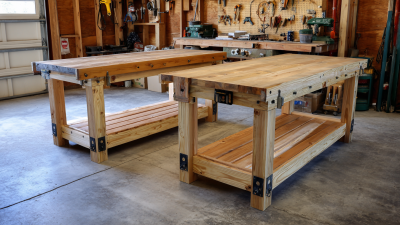
Maximize Efficiency: The Ultimate Guide to Choosing the Right Workshop Benches for Heavy-Duty Projects
-
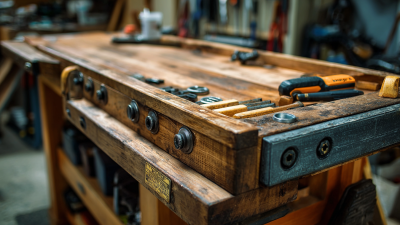
Exploring the Versatility of Best Work Bench Tool Boxes for Every Professional Need
-

Exploring the Future of Cabinet Workbenches at the 138th Canton Fair in 2025
-
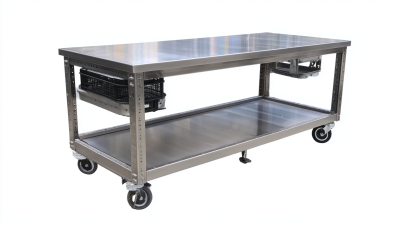
Quality Work Benches on Wheels from China for Global Buyers Looking for Excellence
-
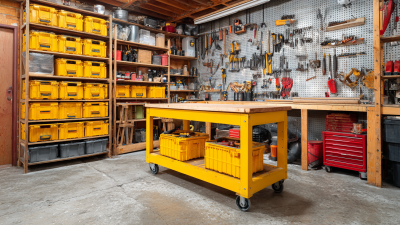
How to Choose the Right Heavy Duty Work Table for Your Business Needs
-

5 Best Heavy Duty Work Table Options for Ultimate Strength and Durability
Footer
Resource Center
Contact Us
1901 West Main Street
Washington, MO 63090
Main Directory: 1-800-227-4873
Email: sale@pangcofurniture.com
Affiliations


